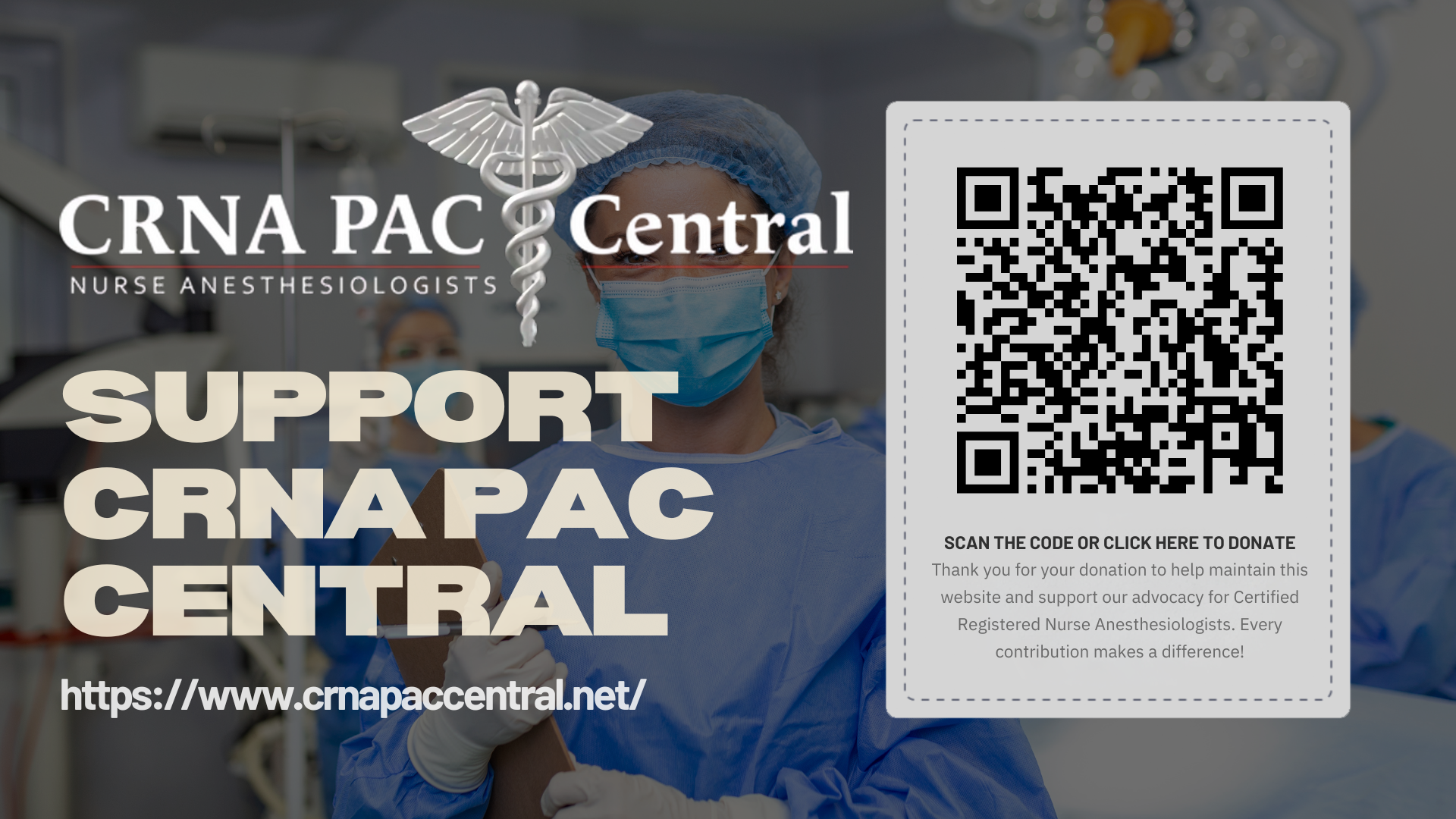ANESTHESIA BILLING AND PRACTICE MODELS: How Does It All Work and What's the Best Practice Model?
CRNAs ARE PROVEN PROVIDERS WITH A 159 YEAR HISTORY OF QUALITY CARE
Each practice or billing model has its own MODIFIER.
| MODIFIER | DEFINITION |
|---|---|
| AA | Anesthesia services personally performed by the anesthesiologist |
| AD | Medical supervision by a physic ian; more than four concurrent anesthesia services |
| QK | Medical direction of two, three or four concurrent anesthesia procedures involving qualified individuals |
| QS | Monitored anesthesia care (an informational modifier, does not affect reimbursement) |
| QX | CRNA service with medical direction by a physician |
| QY | Medical direction of one CRNA by a physician |
| QZ | CRNA service without medical direction by a physician |
Calculating time units for anesthesia billing and coding is extremely important. Failure to do so accurately can result in denied or delayed claims, which negatively impacts revenue. It can also result in audits which can further hurt a practice’s revenue and reputation.
According to current Procedural Terminology (CPT) guidelines, anesthesia time begins when the provider, nurse or physician anesthesiologist, starts preparation for the patient, either in the operating room or another similar area. Note that time spent reviewing medical records before the surgery is not billable. This is a part of preoperative valuation, which is calculated in the base units. Anesthesia time ends whenever the provider is no longer personally attending the patient, and when the patient is safely placed into post-anesthetic supervision.
The proper way to report anesthesia time is to record it in minutes. One unit of time is recorded for each 15-minute increment of anesthesia time. For example, a 45-minute procedure, from start to finish, would incur three units of anesthesia time. Being exact is required, since Medicare pays to one-tenth of a unit. Do not estimate the time or round up or down inappropriately. For example, for a 63-minute procedure, one would receive 4.2 time units (four time units x 15 minutes plus 1/5th of a time unit, or 0.2). Commercial insurance agencies often don't use fractions, for example, if the procedure is 46 minutes it will count as 4 units not 3.x units.
Formula for Reimbursement
Using time units calculated from anesthesia time, one can calculate reimbursement for a procedure using a certain formula, depending on who performs the anesthesia.
For anesthesiologists or CRNAs:
(Base Factor + Total Time Units) x Anesthesia Conversion Factor x Modifier Adjustment = Allowance
For anesthesia performed under medical direction:
[(Base Factor + Total Time Units) x Anesthesia Conversion Factor] x Modifier Adjustment = Allowance for each provider
Anesthesia Conversion Factors are a combination of two references. The first being the Current Procedural Terminology (CPT®) codes that provide doctors and health care professionals a uniform language for coding medical services and procedures to streamline reporting, increase accuracy and efficiency. The second, is the CROSSWALK® which was developed to help anesthesia providers to code accurately and compliantly for each anesthetic delivered. It is updated annually to ensure you have the most up-to-date codes.
How it works:
The anesthesia provider looks up the medical service or procedure in the CPT Code manual. That code is then used to identify the CONVERSION FACTOR in the CROSSWALK manual which ultimately derives the unit value of BASE UNITS for a given medical service or procedure. The BASE and the total number of UNITS are plugged into the formula above to calculate the total reimbursement for a given anesthetic service performed.
Considerations for Billing and Reporting Time
Discontinuous Time
There may be interruptions in care during a procedure, marked by when the provider is no longer personally attending the patient. By recording the exact times care was interrupted, one can accurately report discontinuous time.
For example, if the anesthesiologist begins care at 8:00, but has care interrupted at 8:24 and resumes care at 8:36 before ending care at 9:04, there would be 52 minutes of anesthesia time. This would translate to 3.47 time units.
What Not to Bill
Generally speaking, most insurers allow for no more than one time unit to prepare patients for postoperative transfer to recovery. Insurers also do not allow billing for anesthesia time while the patient is in a waiting room or holding area. Also, when in the holding area, patients usually cannot be billed for antibiotics or any blood products that are administered. This is particularly the case when those services could be performed in another part of the facility.
AANA Statement on the Most Cost-Effective and Safe Anesthesia Practice Models
Position Statement
In the United States, anesthesia services are commonly provided through one of three anesthesia provider models: by a Certified Registered Nurse Anesthetist (CRNA), by an anesthesiologist, or by both providers working together. Patient need, patient safety, access to care, and cost-efficiency to the healthcare system are all factors to consider in choosing an anesthesia provider model. The purpose of this statement is to highlight the most cost-effective anesthesia practice models and to recommend that these models are used in practice.
Research demonstrates all three models are equally safe.1 Access to care is advanced by the availability of CRNAs. CRNAs are more evenly distributed across the population than are other providers, and predominate in rural America and in communities with higher populations of Medicare beneficiaries.2,3
The “CRNA” model and the “consultative” models demonstrate comparably high degrees of patient safety, quality and cost effectiveness.4 Nurse anesthetists also practice in anesthesiologist medical direction anesthesia practice models. While we acknowledge that many CRNAs work in anesthesiologist medical direction anesthesia practice models, these models are not cost effective. Further, there is no evidence that anesthesiologist medical direction is any safer than the CRNA model or the consultative model.4
- The CRNA model is defined as an anesthesia practice model staffed and directed by CRNAs. The model has been shown to tolerate fluctuations in procedural volumes better than any of the other models in the market.5 As interests compete for limited resources in healthcare, groups and facilities seeking to minimize cost of anesthesia services can achieve excellent cost savings as compared to other anesthesia practice models by implementation of an all CRNA model. The model avoids duplication of services, promotes efficient utilization of anesthesia providers and reduces cost.
- The consultative model is defined as an anesthesia practice model staffed primarily by CRNAs, with anesthesiologists serving as consultants. Like the CRNA model, the consultative model has been shown to tolerate financial fluctuations in procedural volumes as long as the number of anesthesiologists utilized maximizes efficiency. This model limits duplication of services, improves efficiency and reduces cost compared with “anesthesiologist medical direction” also known as the “anesthesia care team” practice models.6
- The anesthesiologist medical direction model is a payment model that drives anesthesia practice, in which an anesthesiologist claims 50 percent of an anesthesia fee for up to four concurrent anesthesia cases performed by CRNAs who each claim the remaining 50 percent. The model provides a powerful economic incentive for anesthesiologists to “medically direct” rather than provide anesthesia care. Medicare medical direction payment rules7 require an anesthesiologist to perform seven specific tasks for each medical direction claim; the literature8 and AANA member survey data find such tasks are often performed by the CRNA and not the anesthesiologist.
References
- Dulisse B, Cromwell J. No harm found when nurse anesthetists work without supervision by physicians. Health Aff. Aug 2010;29(8):1469-1475.
- U.S. Government Accountability Office. Medicare Physician Payments: Medicare and Private Payment Differences for Anesthesia Services. 2007; http://www.gao.gov/products/GAO-07-463. Accessed June 30, 2016.
- Liao CJ, Quraishi JA, Jordan LM. Geographical Imbalance of Anesthesia Providers and its Impact On the Uninsured and Vulnerable Populations. Nurs Econ. Sep-Oct 2015;33(5):263-270.
- Negrusa B, Hogan PF, Warner JT, Schroeder CH, Pang B. Scope of Practice Laws and Anesthesia Complications: No Measurable Impact of Certified Registered Nurse Anesthetist Expanded Scope of Practice on Anesthesia-related Complications. Med Care. May 20 2016.
- Hogan P. et. al, “Cost Effectiveness Analysis of Anesthesia Providers.” Nurs Econ. 2010; 28:159-169.
- See Patient-Centered Care: CRNAs and the Interprofessional Team. http://www.aana.com/resources2/professionalpractice/Pages/CRNAs-and-the-Interprofessional-T eam.aspx.
- Centers for Medicare & Medicaid Services. Medicare Claims Processing Manual, Chapter 12 - Physicians/Nonphysician Practitioners. Sec. 50, Payment for Anesthesiology Services. Rev. 3476, March 11, 2016. https://www.cms.gov/Regulations-and- Guidance/Guidance/Manuals/downloads/clm104c12.pdf. Accessed June 30, 2016.
- Epstein RH, Dexter F. Influence of supervision ratios by anesthesiologists on first-case starts and critical portions of anesthetics. Anesthesiology. Mar 2012;116(3):683-691.
American Association of Nurse Anesthesiology | 222 South Prospect Ave | Park Ridge, Illinois 60068-4001 | AANA.com Professional Practice Division l 847-655-8870 l practice@aana.com
Adopted by AANA Board of Directors July 2016.
© Copyright 2016
Update of Cost Effectiveness of Anesthesia Providers
Final Report
Prepared by:
The Lewin Group, Inc.
May 2016
"For the inpatient setting, the results indicate the CRNA acting independently model is the least costly per procedure and produces the greatest net revenue. The supervisory model is the second lowest cost but reimbursement policies limit its profitability. Among the medical direction models, the 1:4 model does the best in terms of net revenue. Similar to the inpatient setting, CRNAs acting independently in both the outpatient and ASC settings resulted in the lowest cost delivery model and the largest net revenue."
Entire Study: https://www.lewin.com/content/dam/Lewin/Resources/AANA-CEA-May2016.pdf

